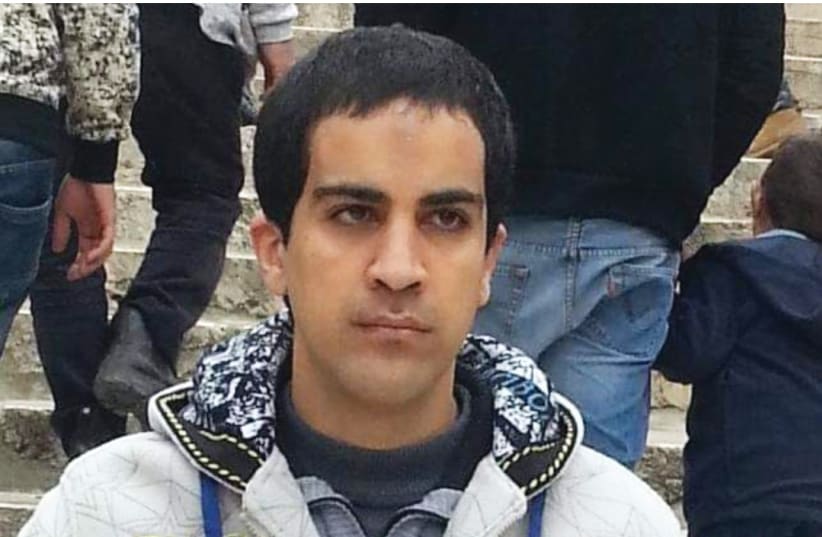The Police Investigations Department filed an indictment with the Jerusalem District Court on Thursday against the 20-year-old policeman who mistakenly shot and killed east Jerusalem special needs resident Iyad al-Halak on May 30, 2020.
The shooting of Halak led to massive criticism of the police, with even prime minister Benjamin Netanyahu admitting that it was a mistake.
The PID told the policeman, whose name is under a gag order, in October that he would likely be charged with Israel’s equivalent of second-degree murder, which was the charge on Thursday.
The question had been whether PID would decide to indict the police officer who killed Halak for anything from murder to manslaughter to negligent homicide – or even close the case – based on how reasonable or unreasonable it was for the shooter to believe that the unarmed Halak was a threat.
While there is no exact equivalent between Israeli and US law, the charge is closest to second-degree murder, a charge that was only created in Israel in July 2019.
The idea of the new charge was that there were too many cases where some kind of extenuating circumstance prevented prosecutors from filing a charge of premeditated murder, but dropping it down to the much lighter charge of manslaughter seemed too lenient.
The Israeli second-degree murder charge can carry up to 12 years in prison.
Halak was shot dead after fleeing into a garbage disposal room, bolstering the idea that the shooting was far more than a mere negligent mistake.
According to the indictment, Halak had exhibited suspicious body language that seemed to justify some kind of law enforcement action, given that the officers did not know he had special needs.
Until yesterday’s decision, there was speculation that the policeman who killed Halak might be treated leniently since the police unit that first saw him identified him as a terrorist – and because the policeman saw his commander try to shoot Halak while chasing him.
When Halak fled the Lions’ Gate area, multiple groups of police followed him with the understanding that he had been flagged by another officer over the police communications system as a terrorist.
One officer said that as they ran several blocks to catch Halak, he even fired at his lower body to try to prevent him from getting away.
Those shots apparently missed.
The Justice Ministry said that officer will not be charged as the circumstances were viewed as unclear, and he only aimed for Halak’s knees.
However, when this police officer arrived at the garbage room and saw the other police officer (who eventually killed Halak and will now likely be charged) standing over Halak, he twice ordered the other officer not to fire, according to a Justice Ministry statement in October. The shooter ignored both orders, one coming before the first shot, and one coming between the first and the second shot.
Thursday’s indictment was more vague about the first shot, but clearly indicated that the second shot, which was the kill shot, was completely unjustified.
The police officer who killed Halak has said he did not hear any order to hold his fire, had heard that he was declared a terrorist, and had seen his commander fire at him – even if he missed – as they were chasing him down the street.
The PID’s decision indicates that either it does not believe the shooter, or finds that his actions were too far beyond what was reasonable under the circumstances.
The department said that Halak presented no danger, that the shooter had been clearly ordered not to fire, and that he fired in a deadly manner without cause.
The reason that the policeman who killed Halak is not being charged with first-degree murder is the unique operational circumstances in which he believed he was shooting a terrorist, and thought, however unreasonably, that he was upholding public safety.
